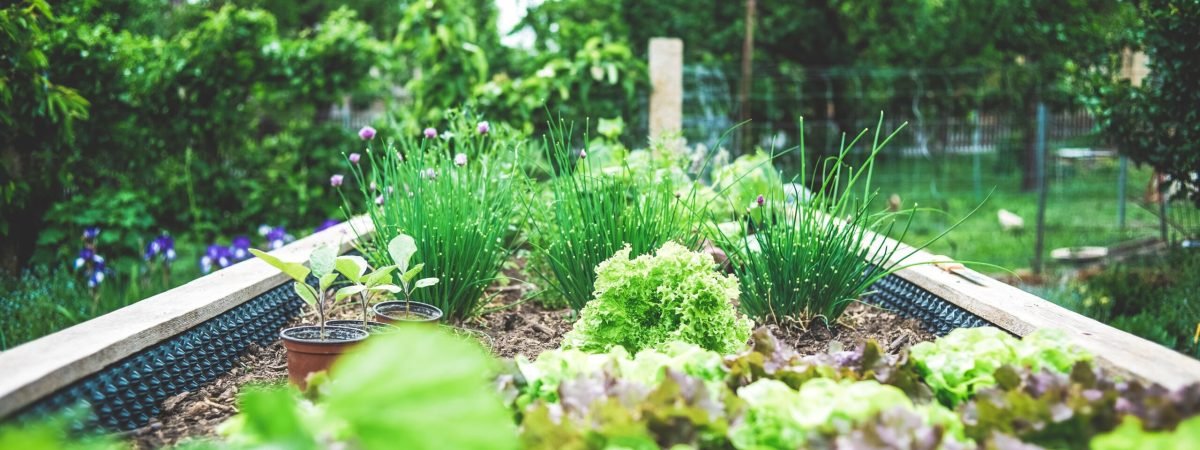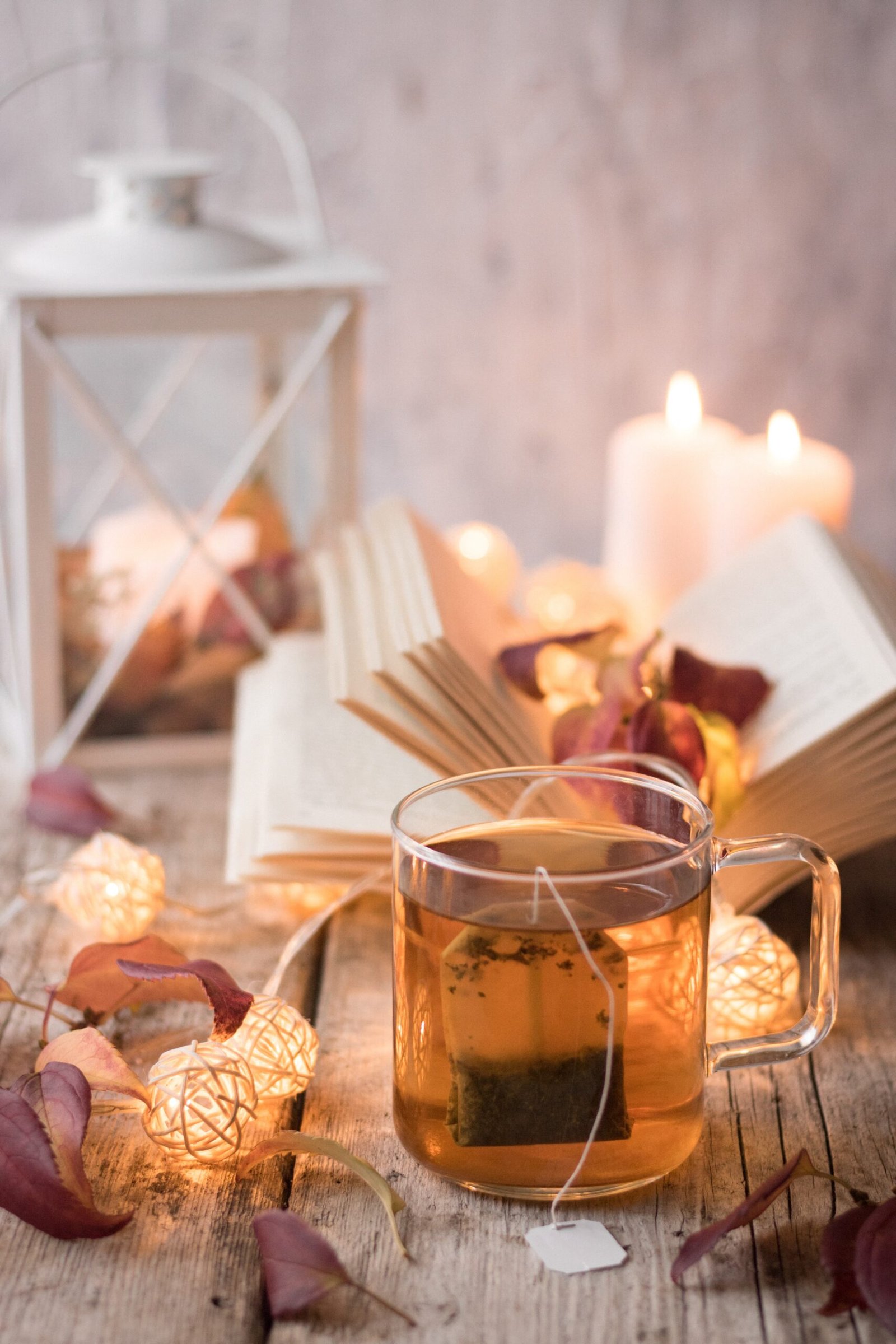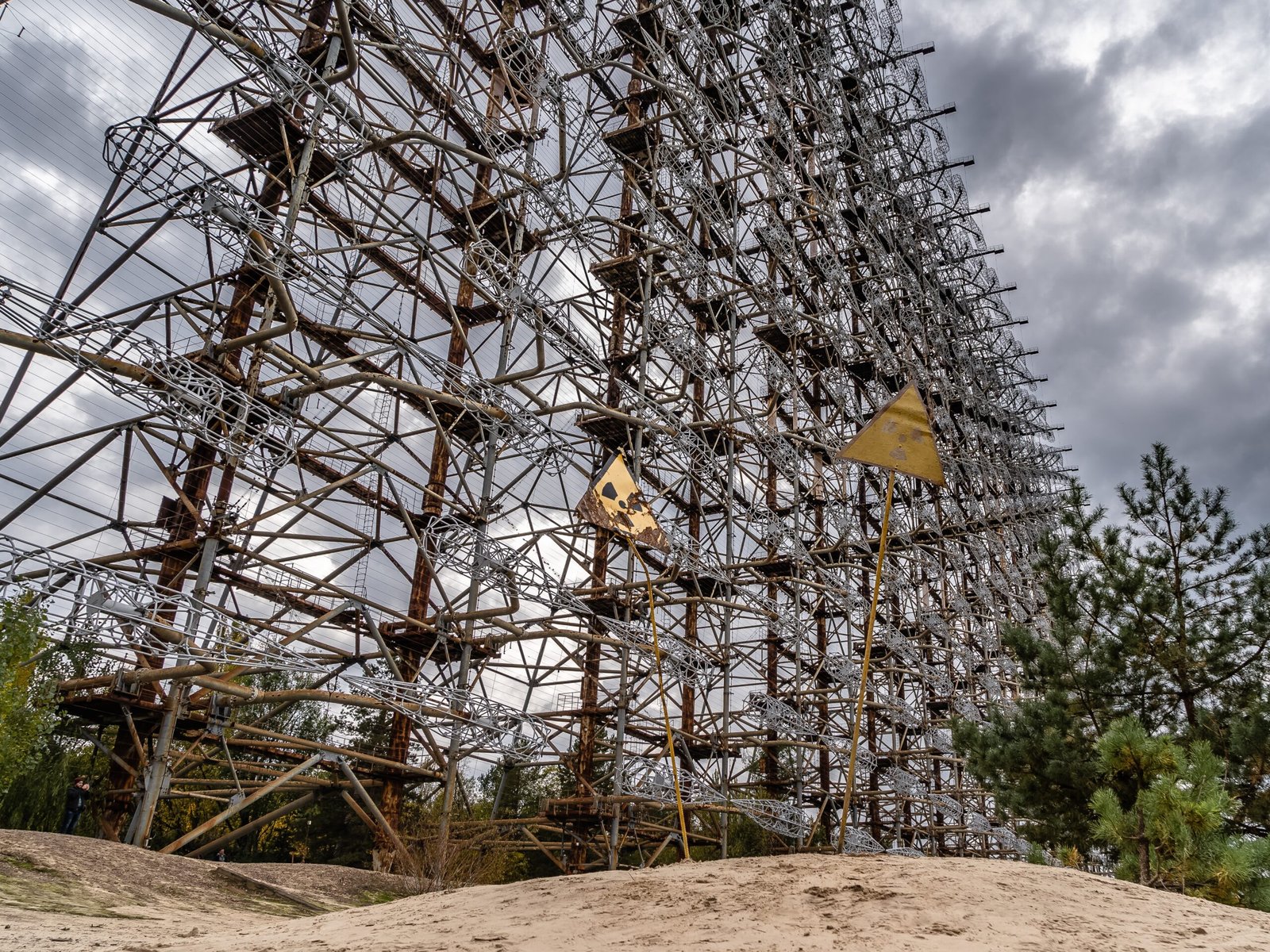Introduction
Having a small outdoor space doesn’t mean you can’t enjoy the beauty of a garden. With the right design and planning, you can create a stunning garden that maximizes every inch of your limited space. In this blog post, we will explore some creative ideas and practical tips to help you design a garden that is perfect for small spaces.
1. Start with a Clear Plan
Before you begin designing your small garden, it’s important to have a clear plan in mind. Consider the purpose of your garden – whether it’s for relaxation, entertaining, or growing your own herbs and vegetables. This will help you determine the layout and features you want to incorporate.
Measure the dimensions of your outdoor space and create a scaled drawing. This will allow you to visualize how different elements will fit together. It’s also helpful to consider the natural light and shade patterns in your garden, as this will influence your plant choices.
2. Vertical Gardening
When space is limited, think vertically. Vertical gardening is a great way to maximize your small garden. Install trellises, wall-mounted planters, or hanging baskets to create a lush green wall. This not only adds visual interest but also frees up valuable floor space.
Choose plants that are suitable for vertical growth, such as climbing roses, ivy, or trailing vines. These plants will add height and texture to your garden without taking up much space.
3. Optimize Plant Selection
Choosing the right plants is crucial when designing a garden for small spaces. Opt for plants that are compact in size, have a narrow growth habit, or can be easily pruned to maintain their shape. This will prevent your garden from becoming overcrowded.
Consider using dwarf varieties of trees and shrubs, as they will provide structure and interest without overwhelming the space. Incorporate a mix of evergreen and seasonal plants to ensure year-round beauty.
4. Create Zones
Dividing your small garden into different zones can help create a sense of depth and maximize the use of space. Consider creating a seating area, a dining area, and a planting area. Use different materials, such as decking, gravel, or paving, to define each zone.
Introduce elements like a small water feature or a vertical garden to add interest to each zone. By creating distinct areas, you can make your small garden feel larger and more functional.
5. Use Mirrors and Reflective Surfaces
One clever trick to create an illusion of space in a small garden is to use mirrors and reflective surfaces. Strategically place mirrors on walls or fences to reflect light and make the garden appear larger.
Consider incorporating reflective materials, such as stainless steel or glass, in your garden design. This will bounce light around the space and create a sense of openness.
6. Embrace Vertical Storage
In a small garden, storage can be a challenge. Embrace vertical storage solutions to keep your garden organized and clutter-free. Install shelves, hooks, or hanging baskets to store gardening tools, pots, and other accessories.
Utilize the vertical space on walls and fences to hang tools or install a compact shed for additional storage. By utilizing vertical storage, you can keep your small garden tidy and maximize the available space.
Conclusion
Designing a garden for small spaces requires careful planning and creativity. By following these tips, you can transform your limited outdoor space into a beautiful and functional garden. Remember to optimize plant selection, utilize vertical space, and create distinct zones to maximize every inch of your small garden. With a little imagination, even the smallest of spaces can become a green oasis.















